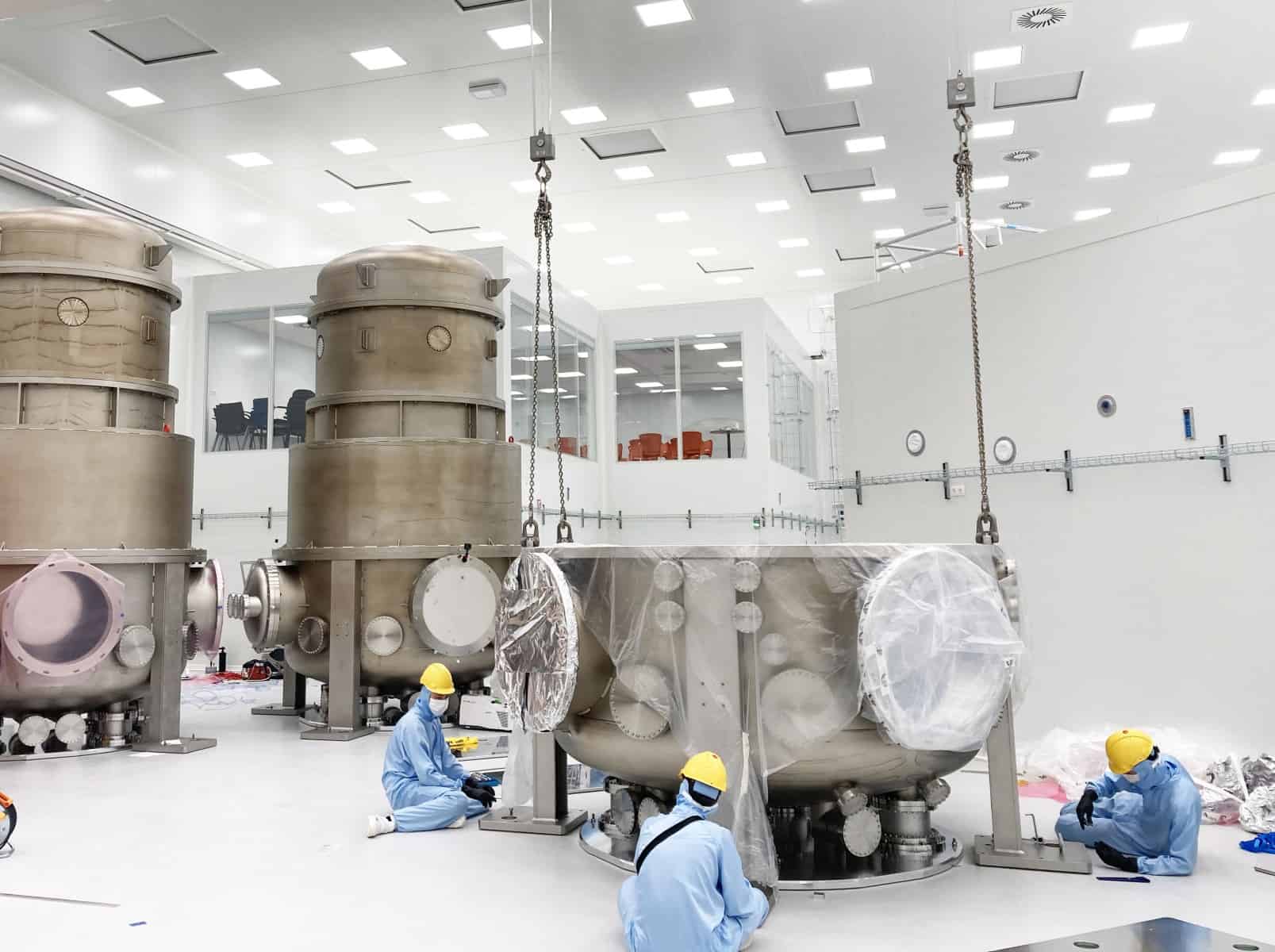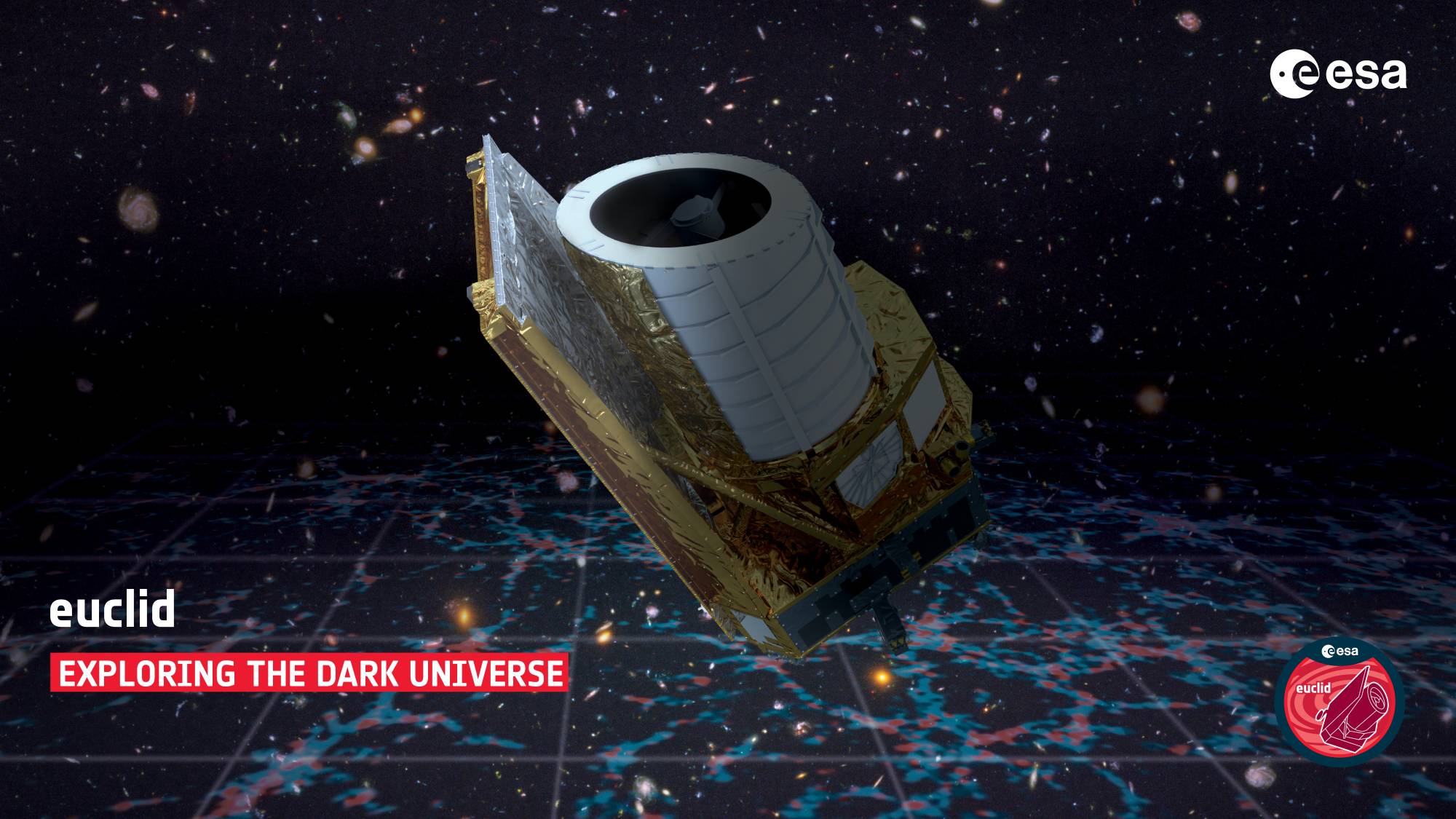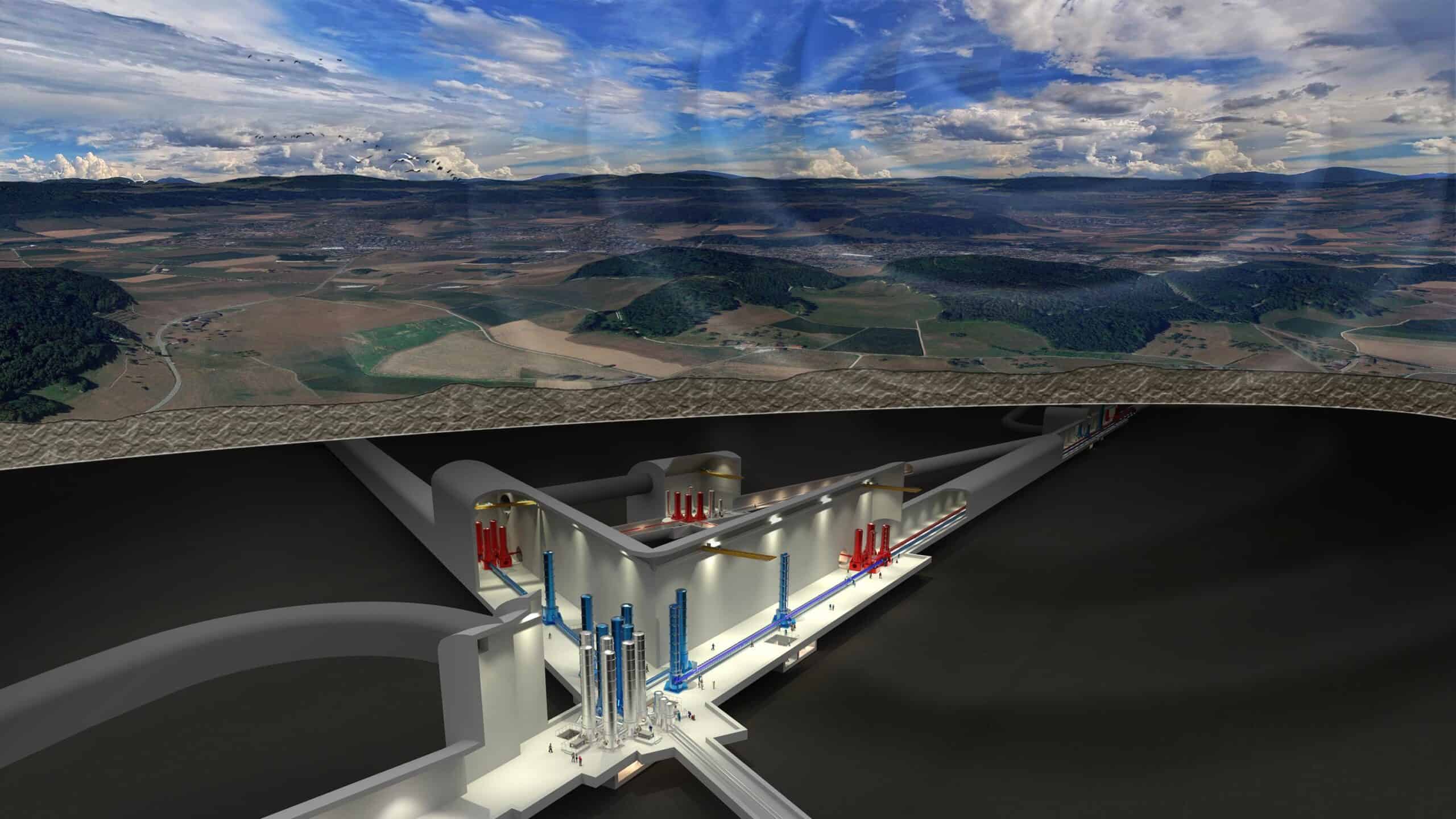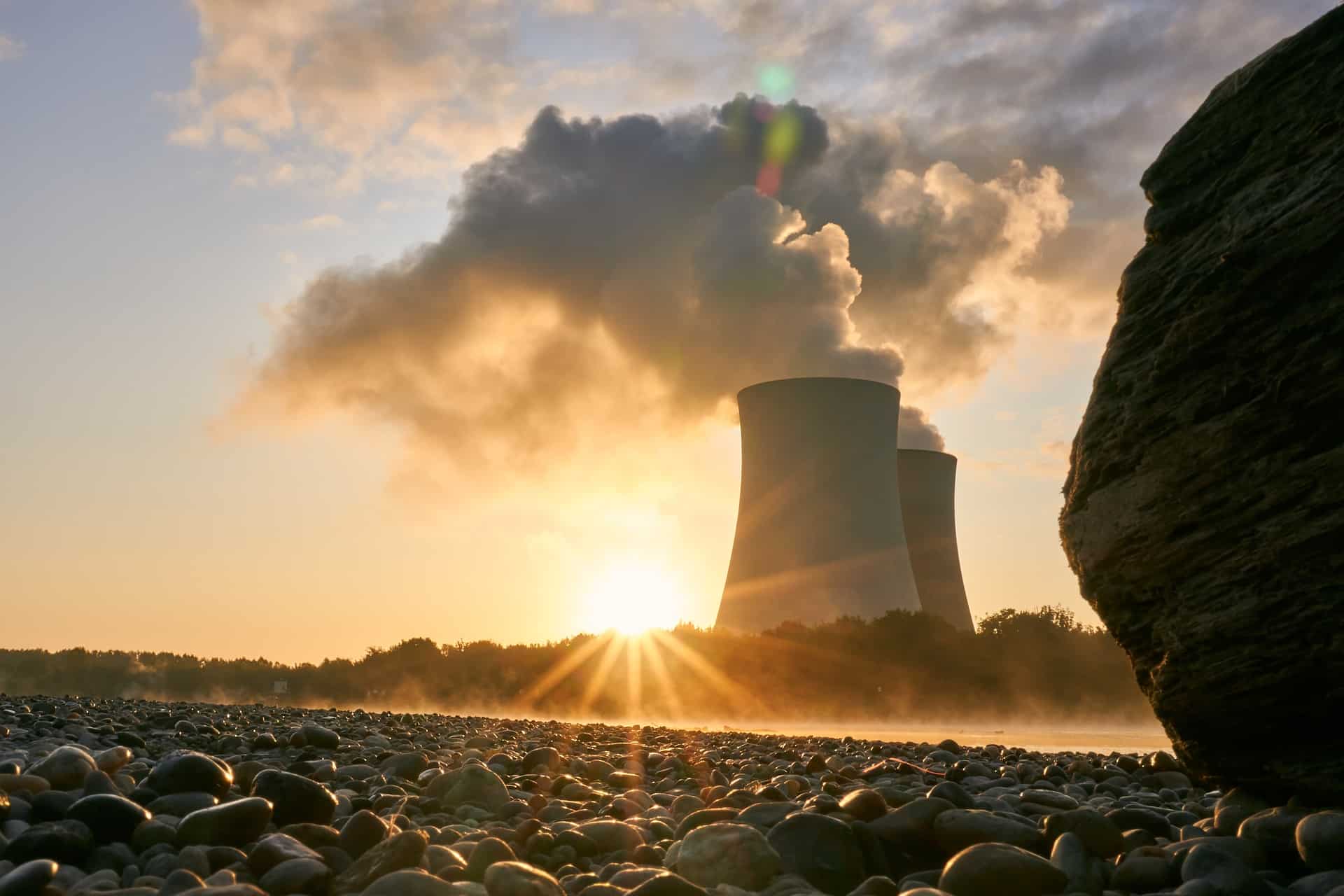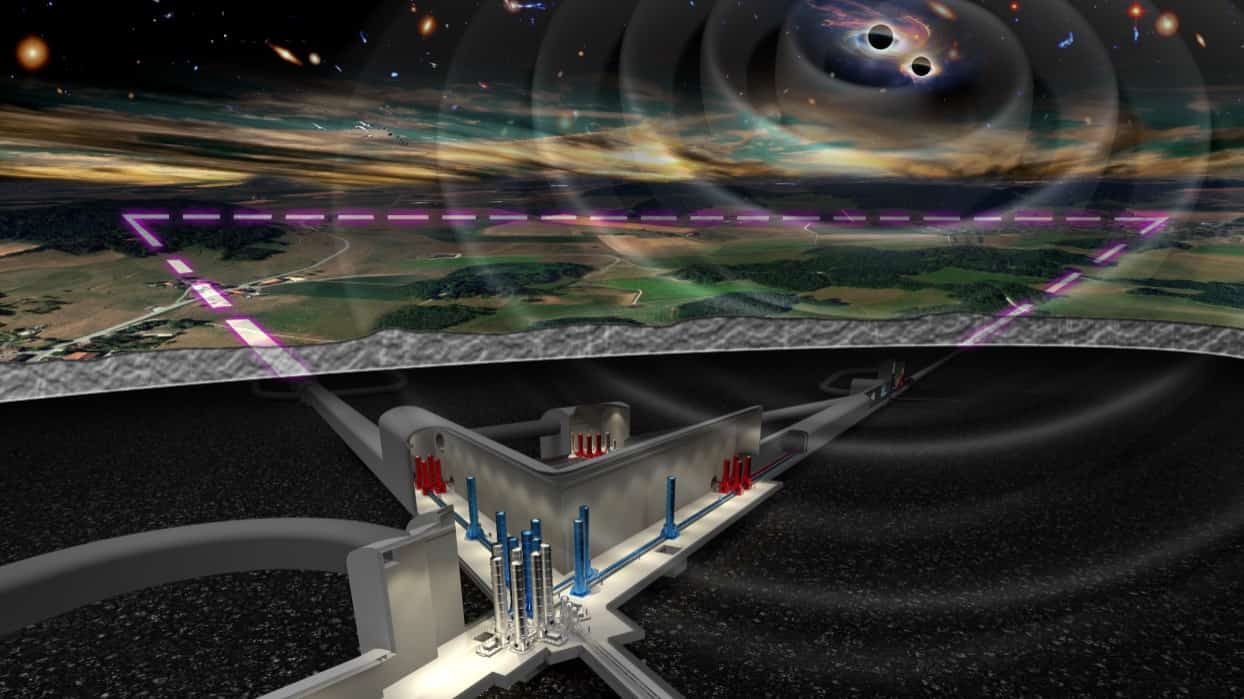
The Einstein Telescope (ET) project might be split into two parts, one built in the south of the Netherlands and one in Sardinia, Italy. As researchers are primarily focusing on constructing a single site, they are also considering dividing the project into two equal parts.
The ET is a proposed advanced gravitational waves observatory to study the universe and events connected to it. It will be able to detect up to a thousand more sources of gravitational waves than existing infrastructure – such as Virgo, the European Gravitational Observatory (EGO) located near Pisa, Italy. Differently from a conventional space telescope, measurements must happen around 200 to 300 meters underground. Gravitational waves go through the earth; we can only listen to them below the surface.
Following the detection of gravitational waves in 2015 – with the EGO playing a crucial role – a consortium of EU countries proposed to the European Commission to include the observatory in the list of research infrastructures. Member states can submit their bids to host the structure, as a decision will be made by 2024. Currently, two proposals have been officially filed. One is by a consortium from the Netherlands, Belgium, and Germany, which chose the Euregio Meuse-Rhine (EMR) region, and the other by Italy, which found a suitable area in Sardinia. Both candidates are conducting further research to assess the infrastructure’s feasibility and inform the international panel’s final decision.
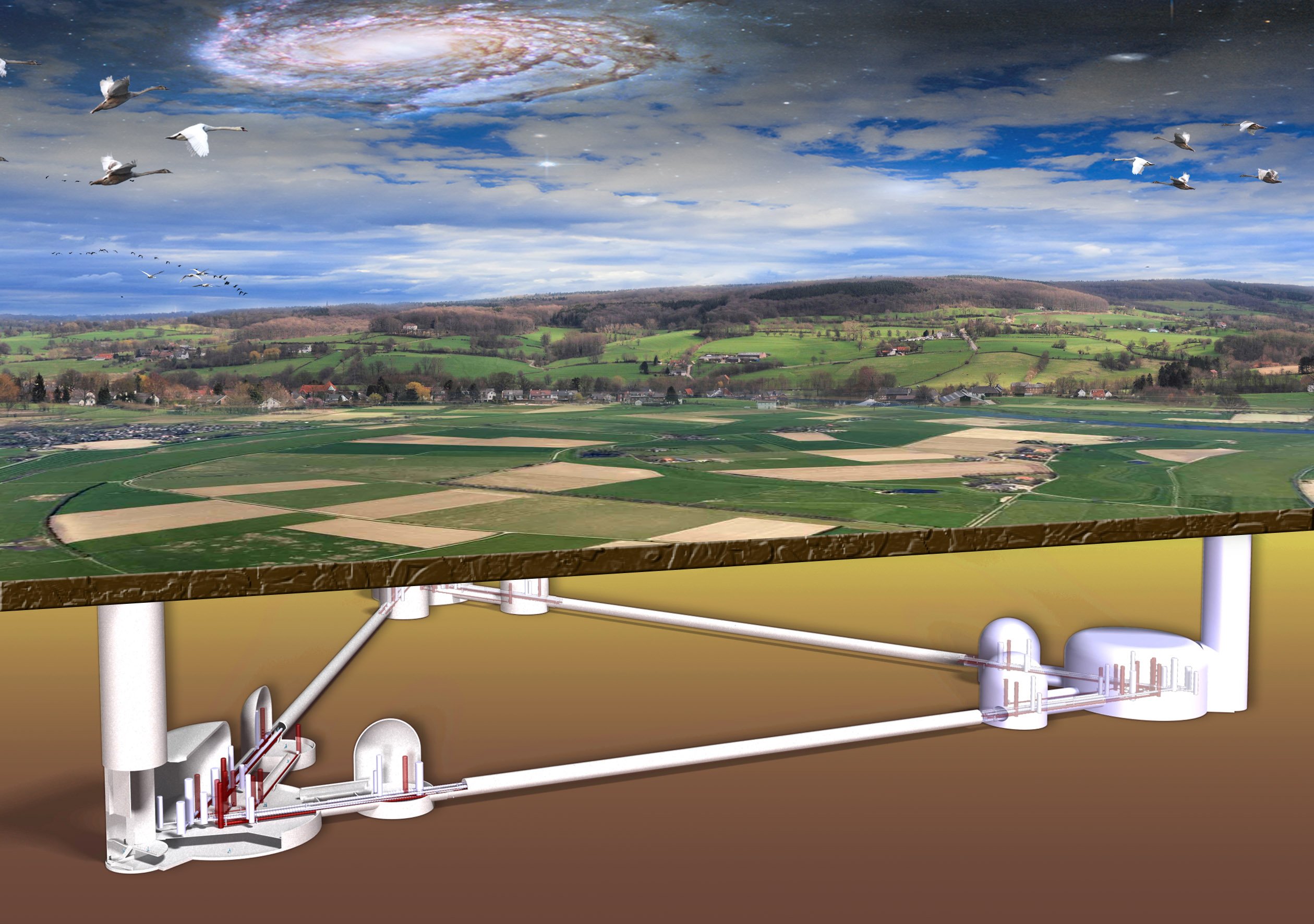
The triangle layout is riskier
Although the original project for the ET envisioned a triangle conformation – with three 10 kilometers-long corridors – the deciding commission might opt for splitting this layout into two parts. Therefore, there would be two L-shaped telescopes instead of one. The Virgo observatory itself has an L-shape and has been contributing to the study of gravitational waves since its opening. Having two telescopes would provide further data and shreds of evidence. Yet, the triangle-shaped option has the potential to detect waves more accurately, thus fast-tracking research.
“The triangle option is more innovative but comes with a high-risk factor,” explains Marco Pallavicini, vice president of the Italian Institute of Nuclear Physics (INFN). “Nobody has done it before, and whereas we know that the L-shaped one works, we can’t be sure about the functioning of the triangle-shaped observatory.”
Scientific risks can become economic if proper functioning is not guaranteed, not even after billions of euros of investment. Whereas building the telescope on one site would cost less than splitting it into two parts, spending years and money to get the triangle-shaped structure up and running would be cost-wise inefficient. “It isn’t a remote possibility,” Pallavicini stresses. “The tools are highly refined and extremely delicate to external factors; we don’t take for granted its immediate functioning,” the physicist adds.
The two sites
To be an eligible site to build the telescope in, the area must have some crucial parameters. First, the telescope has to be constructed in a location with low chances of earthquakes. Second, the observatory needs the site to be extremely quiet – meaning that the soil can absorb the noise from human activity. At the same time, the ground has to be strong enough to construct the tunnels. Third, the observatory must be placed in an area with low groundwater presence, as this can generate noise and avoid any seepage possibility.
To this extent, the EMR soil proved stable enough to accommodate the infrastructure. The analysis conducted in 2019 demonstrated that the rocky ground in the relatively sparsely populated area guarantees sufficient damping of the vibrations.
The decommissioned mine of Sos Enattos is the site chosen by Italy. Part of the municipality of Lula – a village of less than 1400 inhabitants located northeast of Sardinia – the former extraction site has already been used for previous experiments, which showed the area’s potential for listening to gravitational waves. In addition, the Corsica Sardinia’s bloc is one of the most stable areas in the Mediterranean basin, having a low seismic hazard.
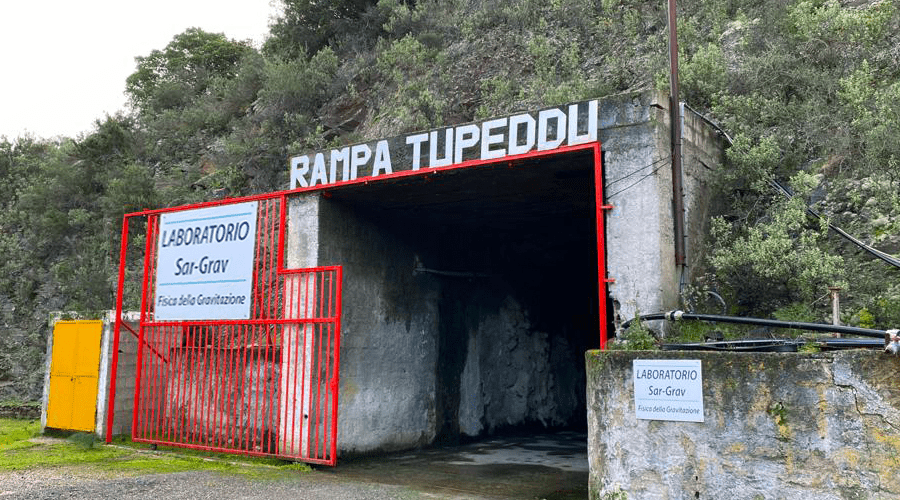
Joint effort for the Einstein Telescope
“We know that if the final choice were to be taken on a mere scientific standpoint, Sardinia would be a better location to build the telescope in,” says Pallavicini. “However, in such a complex project, not only scientific elements have to be considered. We are cooperating with the other research institutes, but we are quite sure about the qualities of the Sos Enattos site,” the scientist adds.
“Our baseline for ET remains the single site and a triangle shape. During the current preparatory phase, we are working towards technical documents to describe the scientific potential, risks, and costs of ET and its implementation at the proposed sites. As part of this effort, we will also compare this to the alternative option of ET as 2 L-shaped detectors,” said Andreas Freise, member of Nikhef and project director of the ET initiative.
All the involved research centers are working together to find the best solution: the triangle or the double site. Meanwhile, further bids may arrive. For now, it is all about finding the best possible solution to prove – or not – Einstein’s gravitational theory.
In the main picture: a representation of the Einstein telescope


